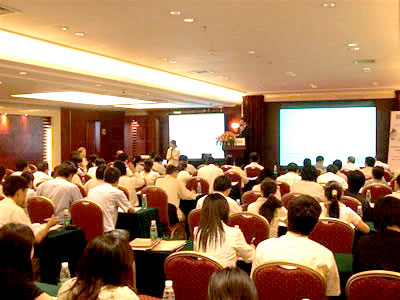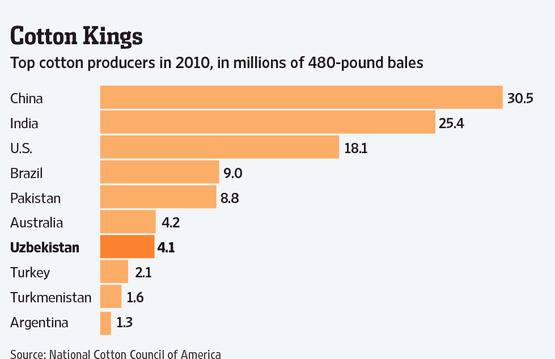|
As we said in a recent Grain of Truth, China is a price-dip buyer. Confirmation of that now arrives in the form of news that China*s cotton imports rose by 163% in October compared to the same month last year, to 252,300 tonnes. Earlier this year international prices were more than twice what they have been in October 每 and China*s buying dried up. Now cotton is cheaper 每 and China has bought a lot. Some expect that its cotton imports in November and December will be as much as 600,000 tonnes. So thank heavens for China 每 or maybe not. For much of this surge in cotton imports is probably being stockpiled by the state, rather than feeding immediate consumption. In September this year Beijing started buying locally produced cotton, when the price fell below the equivalent of $3,098/tonne. There is strong suspicion however that some of these imports are also going into state reserves. Strategically, China needs to maximise its output of food in coming years, and farmers that are producing cotton are likely to be increasingly encouraged to divert more of their land to grains and less to cotton. China has been the world*s biggest textile exporter and remains so 每 but rising wage costs there are already eroding profit margins, and new players (such as Vietnam and Indonesia, with lower wage costs) are likely to be the main textile-producing hubs of the future, simply because they will price China and India out of the textiles market. It*s a bit like what happened to the 19th and 20th century dominance of textile manufacturing by England, which eventually could no longer compete on price 每 but this time around happening much faster. The near collapse of the international banking system in late 2008 pushed international cotton prices down to 40 cents/pound, as the global market for textiles and clothing seized up amid consumer panic. The recovery from that was strong and fairly swift however 每 latest data from the World Trade Organisation*s International Trade Statistics 2011 shows that the global textile and clothing export market grew almost 15% between 2009 ($525 billion) and 2010 ($602 billion). But given the wobbles in the eurozone that have emerged this year, it must be doubtful that this kind of percentage growth will be recorded between 2010 and 2011. So instead of three cheers for the October surge in China*s cotton imports we need instead to focus on a longer time period 每 and on this score China*s cotton demand is much weaker, falling in the first 10 months of this year by 2.4% (at 2.2 million tonnes) compared to the same period last year. And even if China buys a lot more cotton for the rest of this year, that won*t be enough to boost international prices by very much. There*s a lot of cotton around and a big surplus during 2011-2012 is widely expected. But it will be interesting to see just how dramatically the rise of the new textile producing centres (in Asia, of course) changes the global cotton trade in the coming years. www.worldcrops.com
|
|
Cotton: thank heavens for China
Updated: 2011-11-14 Source: www.worldcrops.com

Recommended News
Photo Gallery
Most Popular



